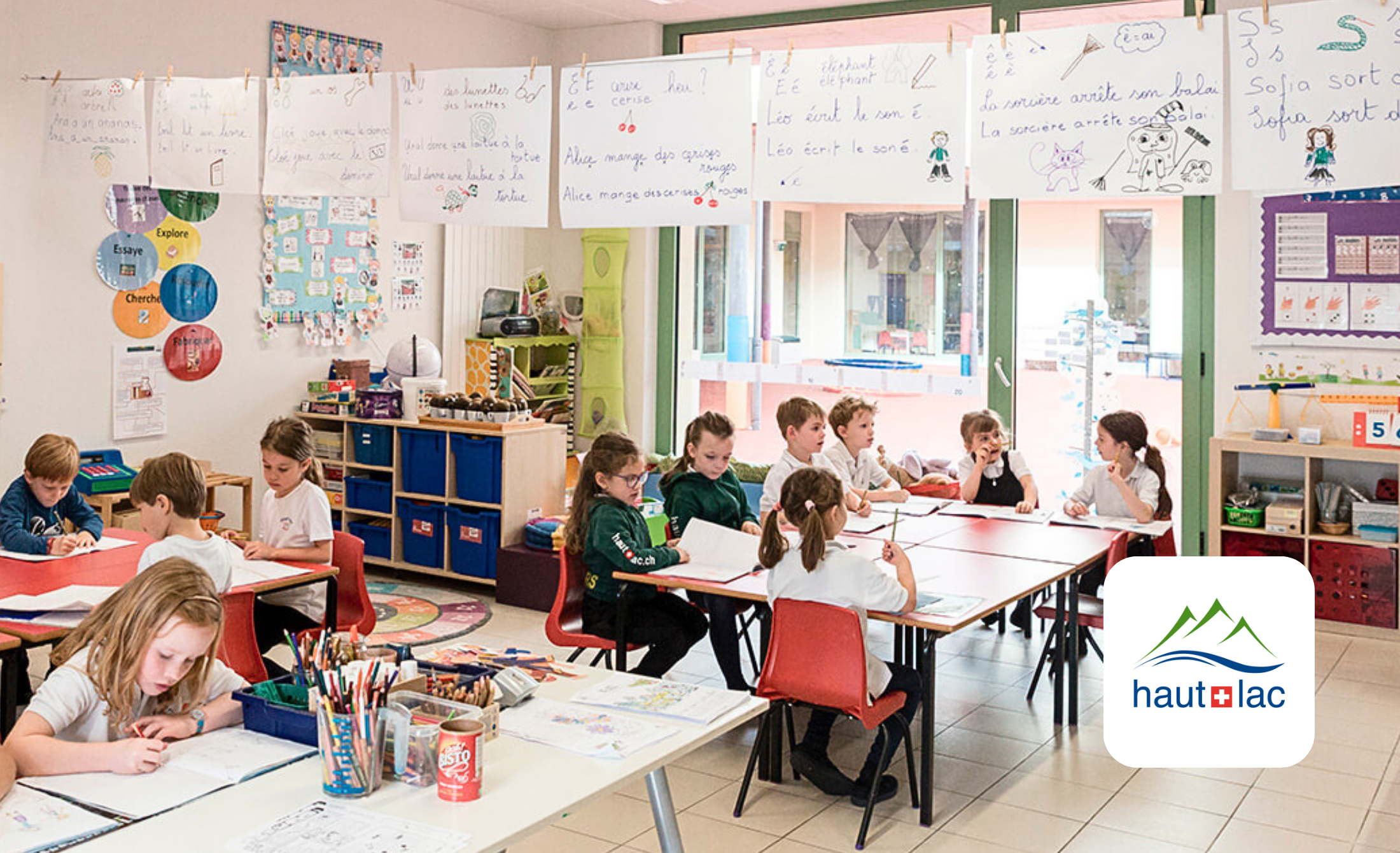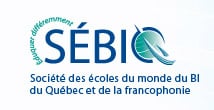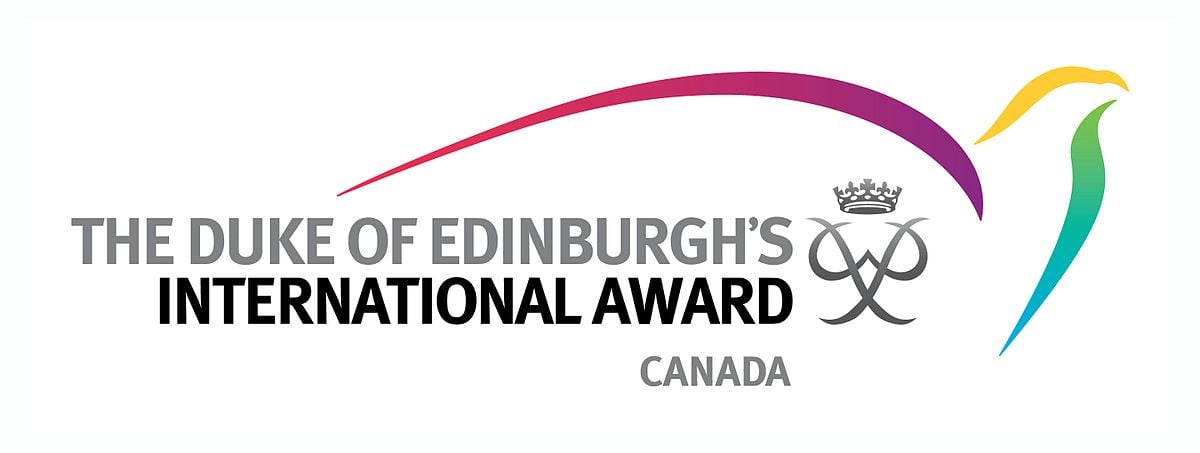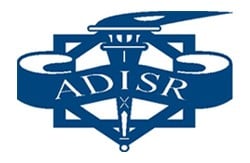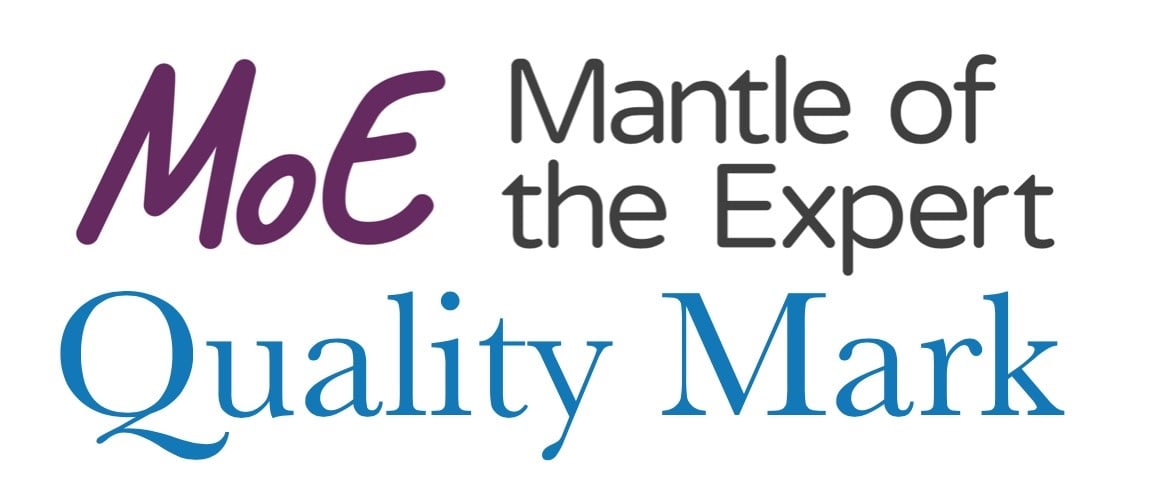In today’s tech-driven world, the art of cursive writing often feels like a relic of the past. Yet, at Haut-Lac International Bilingual School, we firmly believe that teaching cursive writing remains a vital component of a well-rounded education.
Here’s why we integrate cursive writing into our curriculum and how it continues to benefit our students.
Developing Cognitive and Motor Skills
Research consistently shows that handwriting, particularly cursive, engages the brain in ways that keyboarding cannot. Writing in cursive stimulates neural pathways associated with literacy, memory and fine motor skills. The act of forming connected letters helps students develop skills beyond the page, such as hand-eye coordination, precision and spatial awareness.
At Haut-Lac School, we see these benefits firsthand. As students practice cursive writing, they also hone their ability to focus, organize their thoughts and retain information. The multisensory process of writing cursive enhances child development and learning outcomes, making it an indispensable tool in our educational approach.

Aiding Students with Individual Needs
Cursive writing can be transformative for students with learning challenges such as dyslexia.
The continuous flow of cursive letters helps minimize letter reversals and spacing errors that are common in print writing. In fact, research suggests that cursive’s rhythmic and connected style supports reading fluency and comprehension for students who struggle with traditional print writing.
At Haut-Lac School, inclusivity is a cornerstone of our philosophy. By teaching cursive, we provide all students with an additional tool to succeed academically, regardless of their learning style. We’ve witnessed how mastering cursive has boosted the confidence and literacy skills of students who face unique learning challenges.
Balancing Tradition and Modernity in Education
 Whilst we embrace technology as a critical component of modern education, we also recognize the enduring value of traditional skills like cursive handwriting.
Whilst we embrace technology as a critical component of modern education, we also recognize the enduring value of traditional skills like cursive handwriting.
Our curriculum strikes a thoughtful balance, ensuring that students are proficient in both digital tools and timeless techniques.
Cursive writing, in particular, fosters a personal connection to written expression that typing often lacks. The fluidity and individuality of handwriting encourage creativity and self-expression, traits that we nurture in our students every day.
Building Lifelong Skills
Cursive writing isn’t just about forming letters; it’s about developing discipline, patience and perseverance. These are the very qualities that underpin success in academics and beyond.
At Haut-Lac, we believe the process of learning cursive instills these values in our students with its structured practice and gradual mastery. Whether they are writing an essay, signing their name or drafting a heartfelt letter, our students carry these skills with them for life.
Preserving Cultural and Historical Connections 
Cursive writing connects us to history, culture and tradition. Historical documents, from founding treaties to personal letters, were written in cursive.
By teaching our students this form of writing, we enable them to access and appreciate primary sources in their original form. It’s a gateway to understanding the past and developing a deeper appreciation for the written word.
A Commitment to Holistic Education
At Haut-Lac International Bilingual School, we are committed to preparing our students for the complexities of the modern world while grounding them in time-tested practices.
Cursive writing is more than just a skill; it’s a bridge between the tactile and the intellectual, the traditional and the contemporary. It’s a way of ensuring our students emerge as thoughtful, well-rounded individuals equipped with the tools they need to thrive.
By teaching cursive writing, we are investing in our students’ cognitive development, creativity and connection to the world around them. It’s a tradition we proudly uphold, and one that continues to enrich the every day lives of our learners.
Renaud Milhoux
Head of Nursery, Infant & Primary


